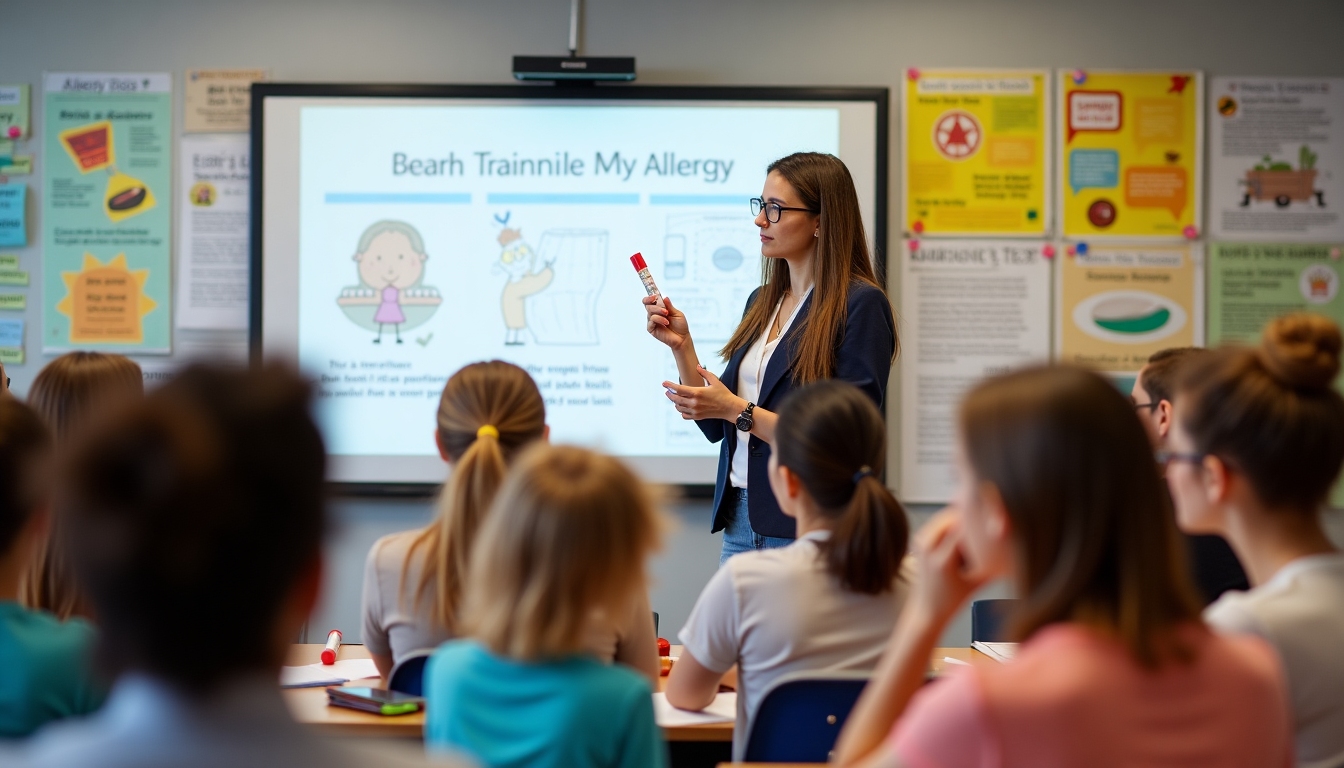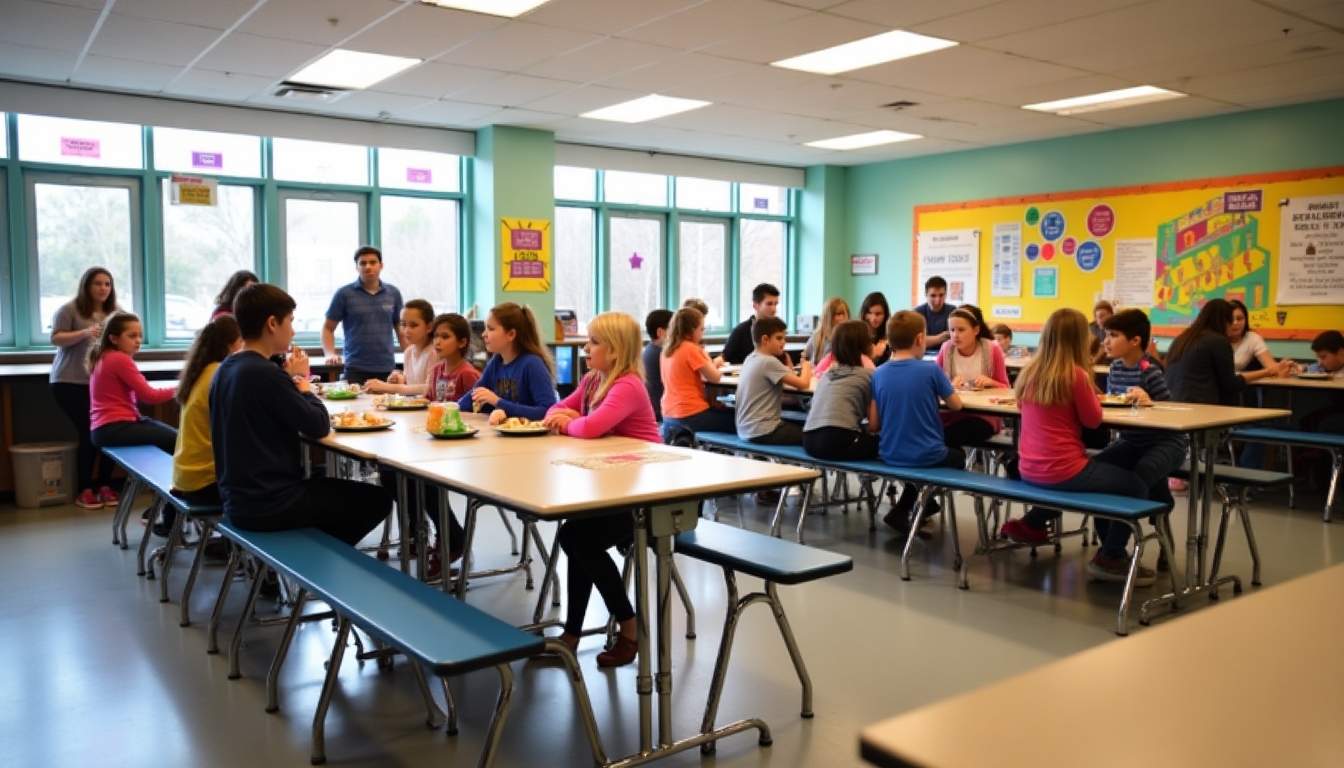Food allergies are a growing concern, especially in school settings where children spend a significant portion of their day. For children with conditions like FPIES (Food Protein-Induced Enterocolitis Syndrome), including acute FPIES, the risks can be severe. Understanding food allergies and creating safe school environments is essential to protect these children and ensure they can learn and thrive without fear.

Food allergies occur when the body's immune system reacts to certain foods as if they were harmful. Common allergens include peanuts, tree nuts, milk, eggs, and shellfish. FPIES is a less common but serious type of food allergy that affects the gastrointestinal system. Acute FPIES can cause severe vomiting, diarrhea, and dehydration, requiring immediate medical attention.

Schools are places where children should feel safe and supported. For children with food allergies, this means having environments where allergens are managed, and emergency plans are in place. A safe school environment can prevent allergic reactions, reduce anxiety for children and parents, and ensure that all students can participate fully in school activities.

Creating a safe school environment for children with food allergies involves several key strategies:
- Education and Training: Teachers, staff, and students should be educated about food allergies, including how to recognize symptoms and respond to emergencies.
- Allergy Management Plans: Each child with a food allergy should have a personalized management plan, including information on their allergens, symptoms, and emergency contacts.
- Safe Food Policies: Schools should implement policies to minimize exposure to allergens, such as designated allergy-free zones in cafeterias and classrooms.
- Emergency Preparedness: Schools must have clear procedures for handling allergic reactions, including access to epinephrine auto-injectors and trained personnel.

Hearing from those directly affected by food allergies can provide valuable insights. For example, a parent might share how they worked with the school to create a safe environment for their child with FPIES. A teacher could discuss the challenges and successes of implementing allergy management plans. These stories humanize the issue and highlight the importance of community involvement.

Understanding food allergies and building safe school environments is a shared responsibility. By educating ourselves, implementing effective strategies, and fostering a supportive community, we can ensure that all children, including those with conditions like acute FPIES, can thrive in school settings.
Discuss Here